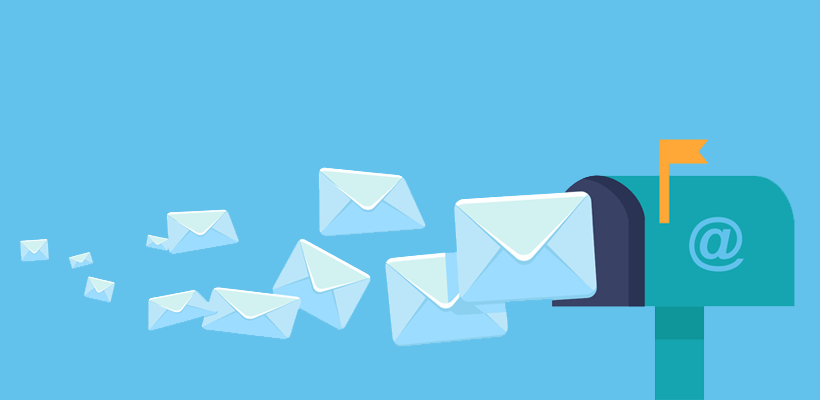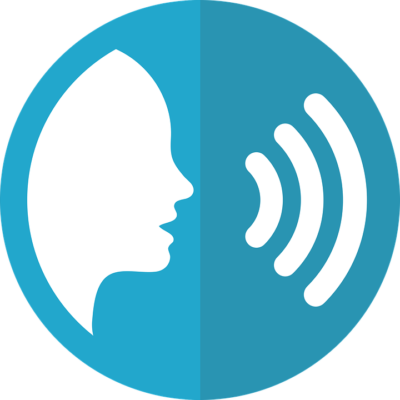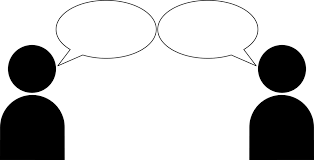“It’s the office memo turned cancerous, extended to home and everyday life.” – Don Norman, The Design of Everyday Things
Here’s a story you might find familiar. I was recently asked to do some freelance work for a major company and, after several conference calls, their rep sent me a contract to look at. My colleague and I emailed it to another company I work with, accompanied by a note: “Look this over and see if it poses any conflict with the work I do for you.” We assumed we could get the matter settled within the week, but we were very wrong.
Emails began to fly back and forth between a group of about eight people. Sometimes everyone was included on the chain, sometimes direct emails were sent to one person. In the end, 152 emails passed back and forth in 10 weeks time. And the entire matter was solved with a brief phone call. We finally set up a phone call between the two main parties and they resolved it in about a half hour.
This story is true. And it’s not even unusual.
Most of us check our email 36 times an hour at work and our inbox takes about a quarter of our time. We check our email while we’re on vacation; we check it while we’re on a date; we check it in the middle of a movie that we’ve paid money to see. Almost 60% of us check it in the bathroom!
There’s no doubt email makes business and personal life easier. Consider that the record for fastest time a piece of mail delivered by the Pony Express is held by the text of Lincoln’s first inaugural address. It was left by coach and arrived in California only 7 days and 17 hours later. We can now send a link to a cat video and it will arrive in Malaysia in milliseconds.
We no longer have to buy 58 copies of a graduation photo to send to every family member. Now, we can just send it as an attachment. We can mail resumes to as many recruiters as we like at no cost. Email has made communication faster and cheaper and more permanent. It’s much harder to make an email completely disappear than most might think.

But has our monster spun out of control? The ultimate purpose of productivity aids is to give us more time for relaxation and enjoyment, but we regularly allow email to intrude on off-time. Research shows people think they check their email about once an hour, but actually check it every five minutes when they’re at home.
We now know that the convenience has a high cost. It’s difficult to estimate the impact on our relationships, but it’s actually quite easy to put a number to what we lose in the office and how it impacts our health. Social media distractions of all kinds cost about $650 billion every year. One doctor at Penn State College of Medicine decided to track his email for one academic year. Pediatrician Ian Paul kept careful notes of how much time he spent managing his inbox, and he concluded that unnecessary email cost the school about $1,641 per doctor per year. That amounts to more than a million dollars in very valuable (and highly educated) time.
By some measures, you lose 25 minutes every time you stop to respond to an email and there’s no indication that answering quickly is worth it. Microsoft surveyed a group of employees back in 2007 and found that more than a quarter of them didn’t get back on track for two hours after the inbox distraction.
84 percent of us have our email open on our computers at all times, even if it’s in the background. When we see a notification that an email has come in, we check and we check it fast. Scientist say most emails are opened within six seconds after that notification pops up. But if we turn off those notifications and shut down the email program hovering in the background, our HRV (Heart Rate Variability) goes down, even if you’re still getting phone calls and texts.
Here’s the bald truth: most of us are worse people in email than we are in real life. Forget trying to negotiate anything. A study in 2008 showed people are less cooperative in email. Don’t give an opinion about a friend or colleague through your inbox, either. Research shows we’re more critical and negative while using digital communication. We’re also 50 percent more likely to lie in email than in face-to-face conversation.
I’m sure we’ve all heard some version of Maslow’s law: If all you have is a hammer, everything looks like a nail. In many cases, no matter what the message we have to relay, everything looks like an email. But I’d like to crack open the toolbox and encourage you to try some other tools.
Some messages are best communicated through texting, some through email. But the one option most of us avoid is the most powerful option we have: the phone.
Humans communicate a great deal through the sound and tone of our voices. Surveys show we think that sarcasm translates in email about 80% of the time, but the reality is, it’s successful just over half the time. In fact, our closest friends are no better at detecting sarcasm in our emails than a stranger off the street.
The voice is uniquely expressive and, therefore, powerful. As described in the 2005 movie, “The Interpreter,” “The human voice is different from other sounds. It can be heard over noises that bury everything else. Even when is not shouting. Even if it’s just a whisper. Even the lowest whisper can be heard – over armies – when it’s telling the truth.”
The human voice is as close to magic as biology can get. In a voice, you can hear not just emotion and meaning, but even history. You might hear the remnants of a childhood accent, or the echoes of a grandparent. You can hear genetic history as well, in the pitch and the timbre. You might hear the growl of college years spent smoking or the halting rhythm of an academic who’s spent years in research.
Babies learn to mimic what they hear almost immediately and, as Dr. Frederic Turner says, “their family and native land are represented in their adult voice, together with their own genetic individuality and the habits acquired from their life histories. It is no wonder that we can instantly recognize a voice we know; the voice has all of our soul in it.”

And yet, we seem to do whatever we can to neither use nor hear our voices. Modern communication often takes the mouth and the ears out of the process, relying instead on the blunt instruments that are fingers and thumbs.
A 2013 survey showed 43 percent of workers think email is the biggest source of confusion and resent in the office, and 64 percent said they have either sent or received an email that caused anger or resentment.
In fact, there’s solid evidence that email, as a medium for communication, is only 7 percent as effective as talking to someone in person or over the phone.
And there’s a further, more intangible benefit to talking: the possibility of creating bonds of sympathy. In 2011, scientists at Princeton University set out to learn how the human brain interacts with other human brains. They had one student tell a story about a debacle at her senior prom and then asked 12 other students to listen to a recording of the tale. As they listened, the students were hooked up to an fMRI (functional magnetic resonance imaging) machine.
What they discovered is that while a dozen people listened to the same story, their brains moved in similar patterns to that of the storyteller. The brain activity of all thirteen moved almost synchronously. That’s called speaker-listener neural coupling or, more simply, “mind meld.”

Is that what you’re willing to sacrifice in order to fire off an email to a friend?
Email is an incredibly powerful tool, but it’s not the most powerful communication tool that we have. Perhaps it’s time to shake off the burden of our inboxes and learn to put the horse back in front of the cart. We can learn to limit our use of email and, at the same time, lower our stress levels, find more free time, and avoid miscommunication with friends and family.
We might even find that “mind meld” is as addictive as emails, and infinitely more rewarding. So, close your inbox and let’s talk.
